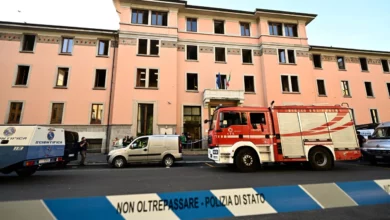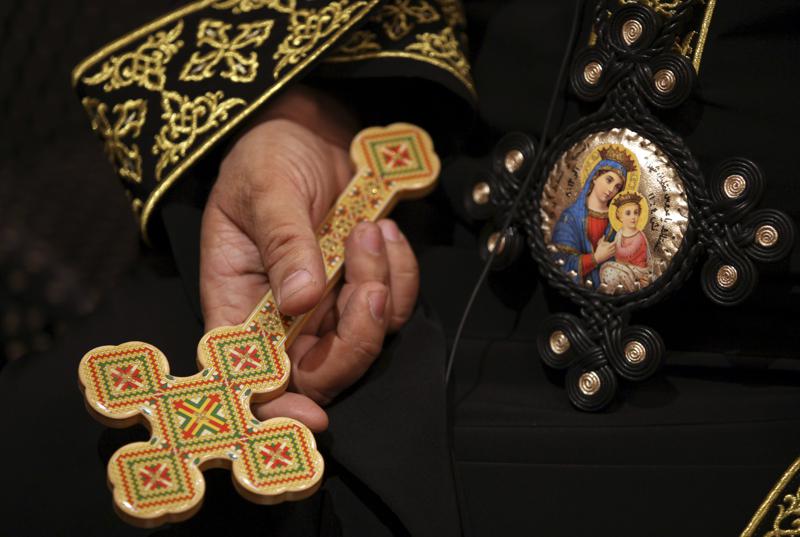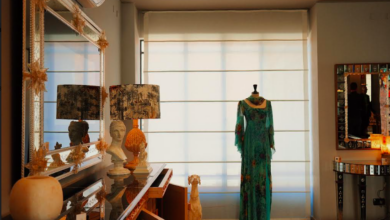Milan–Milan the Great, Venice the rich, Genoa the proud, and Bologna the fat, goes the saying. In reality, there are infinite reasons to love Milan as well as to hate it.
“I do not like it at all,” some people say, refusing to comment further. “I love paved streets, the fog and the trattorie,” others note, evidently enthralled by the apparently negative sides of the city, as well.
“Milan is a huge conglomerate of hermits,” the poet Eugenio Montale once said. Regardless your first impression of the economic and financial capital of Italy, time is necessary to really get to know it the city. Contrary to many Italian cities, Milan does not reveal itself so easily.
The capital of the region of Lombardy, in the north of Italy, has the largest urban area in Italy and the fifth largest in Europe. And Milan is steeped in rich history. Celtic tribes settled along the river Po in the 7th century BC. In 222 BC, after defeating the Gallic Insubres tribe, Roman legions marched into the territory and occupied the town, which they called Mediolanum (middle of the plain). Napoleon made Milan the capital of his Cisalpine Republic in 1797 and five years later of his II Republic. The city became part of the Kingdom of Italy in 1859, and it had its darkest hour during the Second World War, when allied bombings destroyed most of the central urban area.
Currently, the city is preparing to host the 2015 Universal Exposition (Expo), with the theme “feeding the planet, energy for life.” The expo will delve into discussion of technology, innovation, culture, traditions and creativity and their relation to food and diet. Nevertheless, accessing the Internet from Wi-Fi connections remains very difficult with high prices in the few cafes offering the service. The hinterland still faces difficulty in the connection to downtown due to an inadequate public transportation system, and the majority of the shops downtown close very early in the evening.
Milan is a metropolis and a town at the same time. It offers many cultural and entertaining opportunities but it is not a multicultural city like London, and you do not find the hospitality and the atmosphere you might find in Rome. The majority of tourists know Milan as the capital of fashion, where streets fill up with wonderful models during fashion shows.
Milan, however, is much more than that; it is creative and active, and the homeland of many intellectuals ranging from the philosopher and writer Cesare Beccaria, who wrote On Crimes and Punishments in 1764, Alessandro Manzoni, famous for The Betrothed (original title I Promessi Sposi) written in 1827, the language innovator Carlo Emilio Gadda, as well as other writers, poets, and authors, largely intimately acquainted with grief. The Nobel Prize in Literature winner Dario Fo, also a playwright, actor, theater director, and satirist, was born in the province of Verona and culturally grown up in Milan.
Among those, Alda Merini described the northern city in the best way; after passing away in 2009, she remains one of the most charming poets and writers of contemporary Milan.
“Milan has become a beast; it is no longer our city, and now is a fat lady full of unnecessary frills,” gushing about the emotional torment and happiness of the human being of today and tomorrow in “Io canto Milano” (I sing Milan).
One of the main attractions is the quartiere ticinese (ticinese quartier), which includes the area of the navigli, a net of navigable and interconnected canals, which Leonardo Da Vinci helped design, connecting the river Po that flows through many important cities such as Turin, Piacenza and Ferrara, to Milan, Porta Ticinese (Ticinese Door), and the Columns of St. Lorenzo. This district is the most creative part of Milan, where young people hang out, and artists express their genius freely, surrounded by fashionable clubs and traditional workshops.
Going on foot toward Piazza Missori, a visitor will reach the emblem of the city, Milan Cathedral (Duomo di Milano), one of the largest gothic cathedrals in the world. Construction–which took five centuries to complete–started in the XIV century. This is the city center, with the Vittorio Emanuele II shopping mall (Galleria Vittorio Emanuele) on the left side, hosting elegant shops and restaurants, at the end of which you can find the Scala Opera House, and Palazzo Reale (Royal Palace of Milan) on the right side, home to expositions and exhibitions.
Other main attractions of Milan are the Sforzesco Castle, once residence of the Duchy of Milan, and now house of several of the city’s museum and art collection. You can have a picnic in the public park inside the castle, and move to another beautiful and rich area of the city, 10 Corso Como, with art galleries, sophisticated boutiques, and the Carla Sozzani Gallery, considered one of the best galleries in Milan.
Two of the most beautiful churches in the north of Italy are undoubtedly the Romanesque Basilica of St. Ambrose, built in the IV century AD, and Holy Mary of Grace, which is included in the UNESCO world heritage sites list, and it hosts the Last Supper, the famous mural by Leonardo Da Vinci, visible in the refectory of the convent.
What you cannot miss are the culinary specialties of Milan, such as risotto with osso buco, cotolette alla Milanese (breaded veal cutlets) and the panettone, the typical Christmas cake made of flour, butter, eggs and sugar, with candied citron and sultanas. You can end the meal by going to Chocolat, a real heaven for ice cream lovers, where you can find every kind of chocolate flavor.




